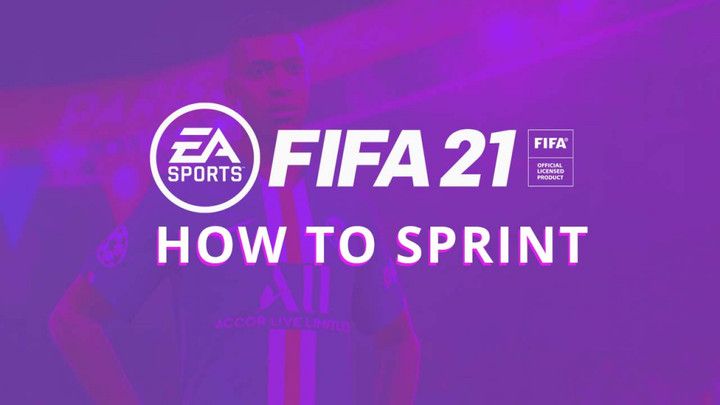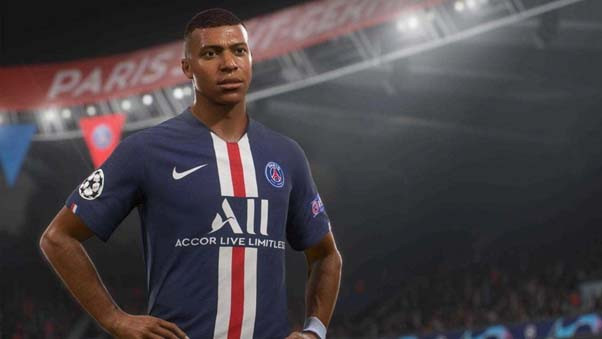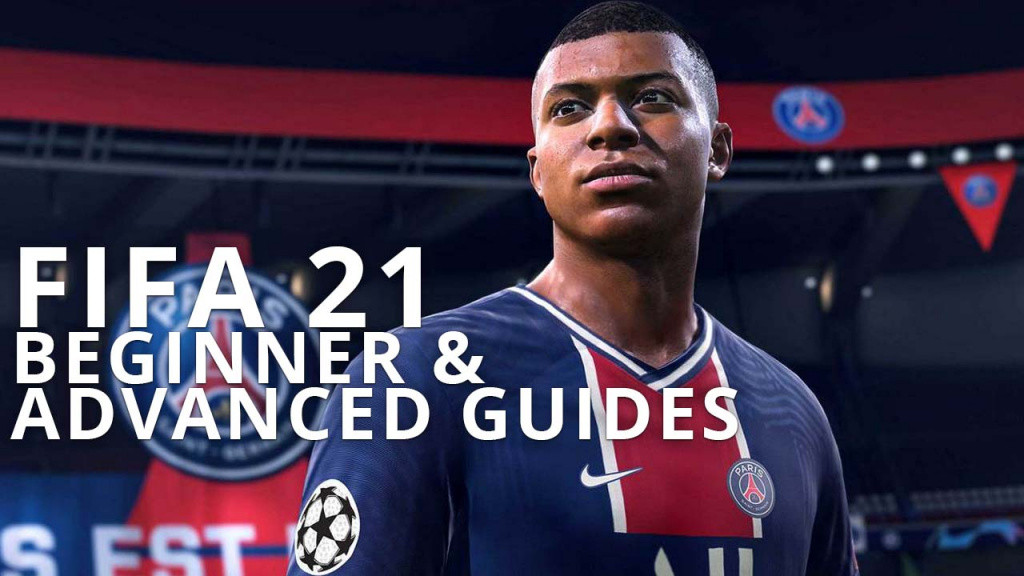Sprinting is one of the most basic mechanics. It’s as simple as holding down one button for the majority of the game, which is what a lot of FIFA players tend to do. But there’s more to it beneath the surface. You don’t see real football players sprinting all the time. So why would it be any different in a football simulator? If you want to truly understand the ins and outs of sprinting in FIFA 21, then you’ve come to the right place. It’s an underrated and often overlooked mechanic that many players don’t use to its fullest potential.
Here’s everything you’ll need to know.
In its simplest terms, sprinting will make the player you’re controlling move faster both on and off the ball. Other than passing and crossing (you may want to read our tutorial about How to Pass in Fifa 21), there isn’t a better way to move the ball quickly when you have possession, especially when you want to dribble. Similarly, when you don’t have possession, it’s a great way to close the distance between your player and the opponent who has the ball, or any player they might pass to.
Either way, players generally want to move around the pitch as quickly as possible. For that reason, it’s understandable why many players tend to hold the sprint button down at all times. It’s simple and effective, and it works from time to time. But it’s a double-edged sword.
First of all, it drains your players' fatigue both in the short-term and in the long-term. Just like in real life, that means they’ll run out of steam as the game goes on, making them less effective and puts themselves at greater risk of injury.
For example, if a pacey winger becomes fatigued, you’ll start noticing that they won’t be able to sprint for as long as they could before. Not only does that make it harder for them to burst away from opponents, but it also makes them less likely to reach through balls in time. If you keep pushing them further without substituting them off, then they could collapse to the ground with a hamstring injury, forcing the issue.
But that’s not the only issue with sprinting all the time. It’s also problematic in the sense that sprinting makes it harder to make quick turns and narrow down angles. For example, as a defender, if you’re relentlessly sprinting towards an opponent with the ball, all they need to do is make a quick turn, and they’ll be past you.
Instead, what you should be doing is sprinting towards them, then once you’re close enough, switch to containing or jockeying to mix up the pass and close down the distance between you without sacrificing mobility.
By the same token, when you’re dribbling the ball, you won’t be able to make sharp turns quickly. An experienced player only has to move their defender into your predictable path, and they’ll stop you in your tracks. It also knocks the ball further from your player’s feet, which makes it harder to control, and gives the opponent more time and space to intercept the ball or land a tackle.
Sprinting also impacts the accuracy of es and makes it harder to perform skill moves when required. So if you’re sprinting all the time, it’s going to affect your overall game in one way or another.
It’s also a good idea to take advantage of the FIFA analog sprint mechanic, which lets you control the pace depending on how far you press the button. It works in the same way as an accelerator, and it enables you to preserve your player’s energy while making it easier to regulate speed.
(c) EA Sports
Last but not least, sprinting is mostly dependent on the statistics of the player you’re controlling. Therefore, it’s a good idea to familiarize yourself with who the fastest players are in FIFA 21.
Acceleration determines the amount of time it takes for the player to reach maximum speed. The higher their acceleration is, the less time it will take to hit their stride. However, it goes hand in hand with sprint speed, which is a separate stat that determines how fast players can go. (See the FIFA 21 Controller Setting guide for how to turn the Analog Sprint option on or off).
A defender with low acceleration and agility will have a hard time keeping up with a pacey winger. Similarly, a slow striker is a poor target to receive a through ball. It won’t matter how much you’ve mastered the sprint mechanic. If they aren’t fast enough, they won’t cut it most of the time.
All in all, the key takeaway is that sprinting is a powerful tool, but it works best when used situationally and sporadically. It’s definitely one of the more straightforward mechanics in the game, but it’s poorly understood and hardly used to its fullest potential, particularly by newer players. For that reason, it’s a good idea to be mindful about your sprinting habits and make an effort to keep them in check.
For all the tutorials about FIFA 21, visit our Beginners and Advanced guides:

 No ads, our video library,
No ads, our video library,



